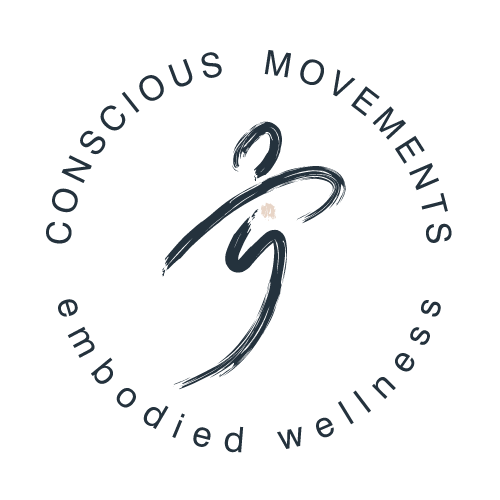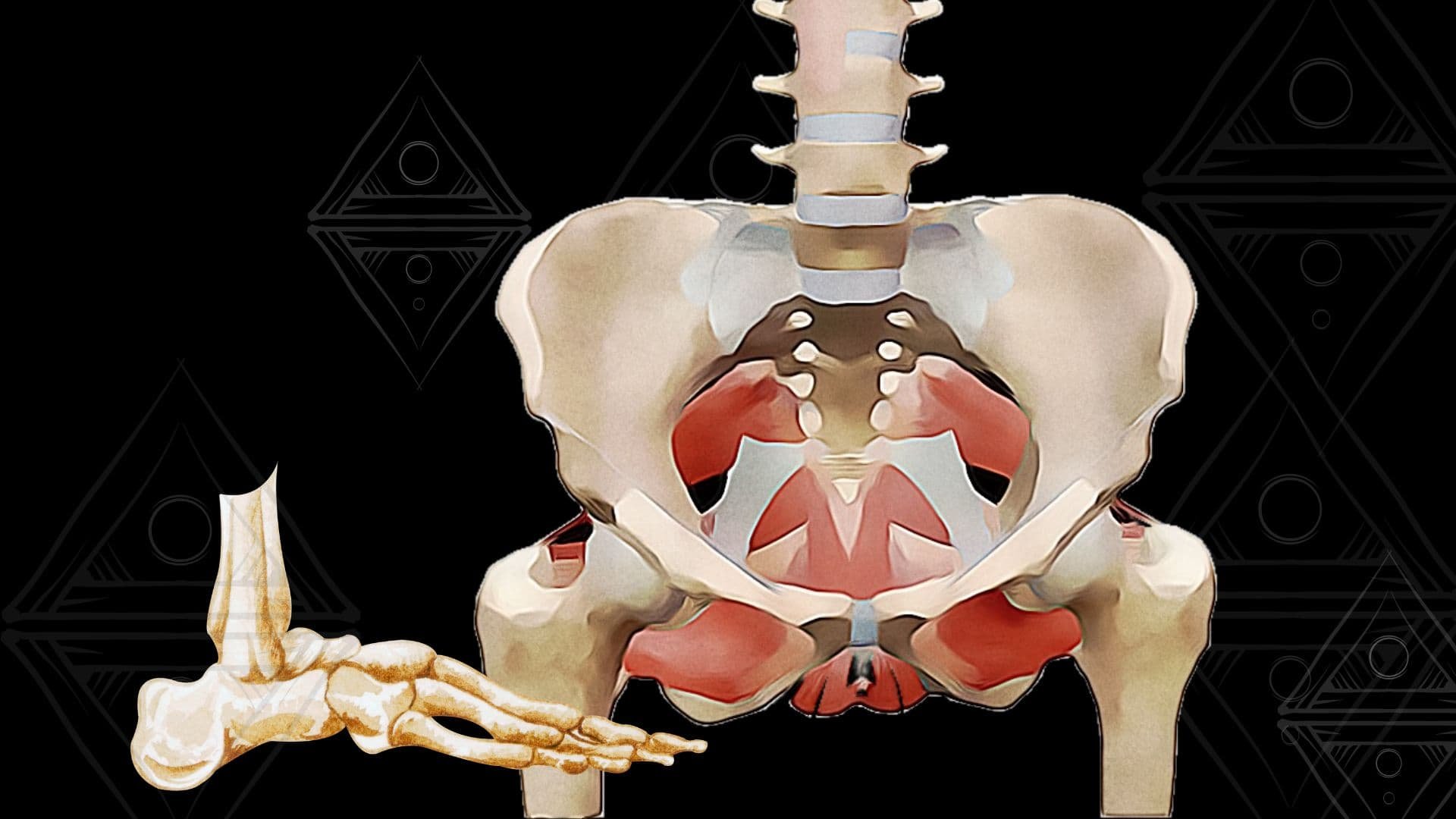Musings On The Psoas
“The psoas is so intimately involved in such basic physical and emotional reactions, that a chronically tightened psoas continually signals your body that you’re in danger...”
— Liz Koch
The psoas (pronounced so-az) has come up a few times in our live classes in the last several months. Really, it was just in passing as we looked at anatomy related to the tongue, pelvic floor, diaphragm, and heart.
But it sparked some curiosity.
In fact, I had three members reach out to request a series on the psoas. So I chucked March's arches & waves series and started prepping for the upcoming Hips + Psoas series.
I have to admit. I'm pretty excited about it. The psoas is a fascinating muscle... and some would say not just a muscle.
Did you know that psoas is one of the muscles with the most conflicting descriptions? It's been described as...
Hip flexors or not a hip flexor at all?
Internal or external rotators?
Adductors or abductors of the hip?
An intricate part of the startle response or just muscle?
Important contributors to pelvic floor health!
Four Fun Psoas Facts:
ONE: The lumbar plexus, a group of nerves that deal with the pelvic floor, deep groin and inner thigh, hip rotators, and abdominal muscle groups, are embedded within the psoas major muscle. So, a happy psoas can nourish a lot of nerves.
TWO: The psoas muscle attaches to 22-24 different structures in your body! Most of the attachment points are vertebral and vertebral disc connections. But the lowest attachments are on the thigh bone.
THREE: The psoas' fascial is continuous with the tissue of the transversus abdominis, internal oblique, diaphragm, and pelvic floor.
FOUR: Above and below. The psoas is the only muscle directly connecting the legs to the spine.
Pso-as to release fear.
Did you know that the psoas is a quick responder to fear?
The psoas complex tends to be very responsive and is one of the first large skeletal muscles to respond when your nervous system perceives danger. Just imagine the drive to curl up in a ball or run for the hills. Both of those have roots in the psoas, and all the wee little nerve ends that are part of the lumbar plexus.
But it isn't just the neurological relationships that keep the psoas at the top of the tissue-centric fight, flight, freeze, and delight system.
This dynamic muscle-in-tissue (i.e., fascia) might even be considered a continuous extension of the diaphragm via the crura. So every startled breath tugs and reverberates throughout the psoas and all that it's connected to.
Why does it matter?
For some, waking up and releasing the psoas can even cause a shiver of release as they shed old stress and trauma stored up in the tissues. It can be a bit scary if you're unsure as to what's happening. But once you realize that it's a normal and healthy response, it can be immensely freeing to let those old holding patterns go.
RELATED POSTS









